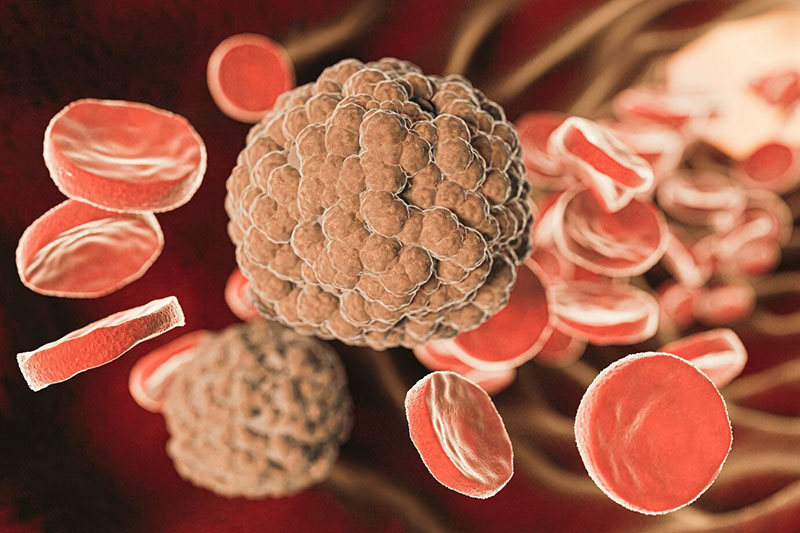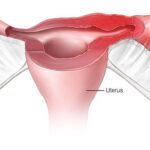Balantidiasis is a zoonotic intestinal infection caused by Balantidium coli, a protozoan parasite. As the largest ciliated protozoan affecting humans, it presents significant health risks, especially in tropical and subtropical regions. This article explores the symptoms, transmission, diagnosis, treatment, and prevention of balantidiasis to provide a detailed understanding of the disease.

What is Balantidiasis?
Balantidiasis is an infectious disease primarily affecting the gastrointestinal tract. The parasite, Balantidium coli, resides in the large intestine and thrives in environments where sanitation is poor, and close contact with infected animals, particularly pigs, occurs. Though rare, this infection can lead to severe complications if left untreated.
Symptoms of Balantidiasis
Balantidiasis can present as either symptomatic or asymptomatic. Common symptoms include:
- Acute diarrhea: Profuse, watery diarrhea is often the primary manifestation.
- Dysentery: Diarrhea accompanied by blood and mucus.
- Abdominal pain: Cramping and discomfort are common.
- Nausea and vomiting: Indicative of gastrointestinal distress.
- Weight loss: Prolonged infection can result in malnutrition.
Severe Symptoms
In rare cases, the infection can progress to:
- Perforation of the colon: A life-threatening complication requiring immediate medical attention.
- Secondary infections: Due to damage to the intestinal lining.
Causes and Transmission
Causative Agent
The disease is caused by Balantidium coli, which has two life stages:
- Trophozoite: The active, feeding stage.
- Cyst: The dormant, infective stage.
Mode of Transmission
The infection spreads via the fecal-oral route through:
- Contaminated water or food: Ingestion of cysts.
- Close contact with infected animals: Pigs are the primary reservoir.
- Poor sanitation: Increases the risk of cyst ingestion.
Risk Factors
Balantidiasis is more common in:
- Rural areas with pig farming.
- Individuals with compromised immune systems.
- Populations in tropical and subtropical climates.
Diagnosis of Balantidiasis
Accurate diagnosis is crucial for effective treatment. Diagnostic methods include:
- Microscopic examination: Stool samples are examined for trophozoites or cysts.
- Endoscopy: Useful for detecting ulcers or lesions in severe cases.
- Histopathology: Biopsy samples confirm the presence of the parasite.
Treatment Options
Effective treatment requires prompt medical intervention. The most common treatments include:
Medications
- Tetracycline: The first-line treatment.
- Metronidazole: Alternative for individuals intolerant to tetracycline.
- Iodoquinol: Effective against the cyst form.
Supportive Care
- Hydration therapy: Essential for managing dehydration due to diarrhea.
- Nutritional support: Addresses malnutrition in prolonged cases.
Prevention Strategies
Preventing balantidiasis involves addressing its primary modes of transmission. Key strategies include:
- Improved sanitation: Ensuring access to clean water and proper waste disposal.
- Hygiene practices: Handwashing with soap and water.
- Animal management: Reducing human-pig interactions in endemic areas.
- Food safety: Avoiding raw or undercooked foods.
Complications of Balantidiasis
If left untreated, balantidiasis can lead to:
- Chronic diarrhea: Affecting quality of life.
- Malabsorption syndrome: Resulting from intestinal damage.
- Peritonitis: Following intestinal perforation.
Global Epidemiology
Balantidiasis is primarily reported in tropical and subtropical regions, particularly Southeast Asia, Africa, and Latin America. Rural farming communities with inadequate sanitation are most affected.

